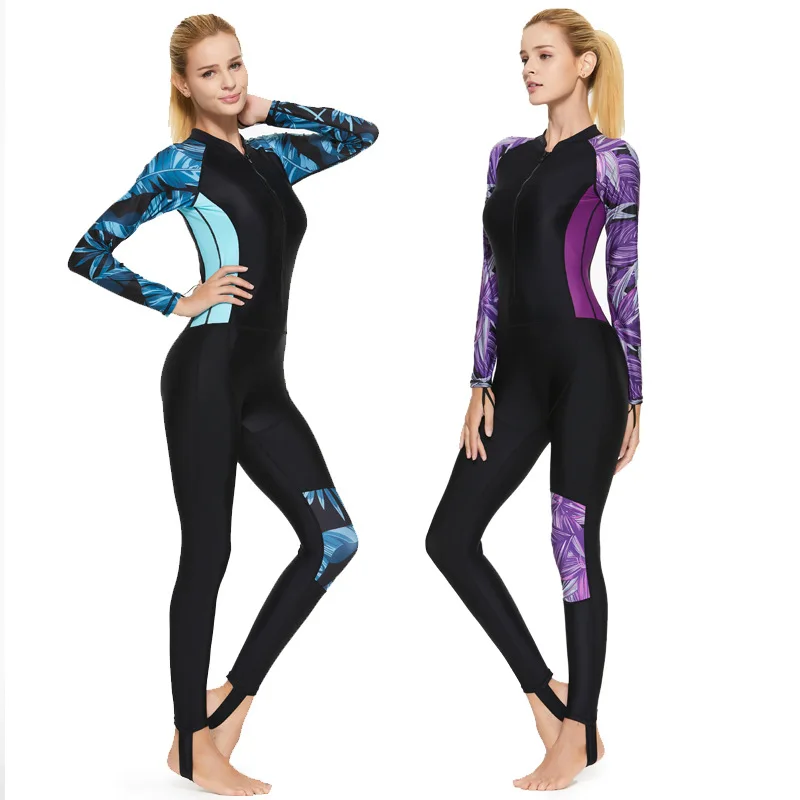ABOUT
Shark Sporting Goods Co., Ltd is a leading manufacturer and supplier of high-quality water sports gear. Based in Dongguan, China, we specialize in providing innovative and durable products tailored for professional athletes and recreational enthusiasts alike. Our extensive product range includes wetsuits, swimwear, and various accessories designed to enhance performance and comfort in water activities.
At Shark, we are committed to quality, sustainability, and customer satisfaction. Our state-of-the-art production facilities and rigorous quality control processes ensure that every product meets the highest industry standards. We pride ourselves on our ability to offer customized solutions and OEM services to meet the unique needs of our partners.
With a strong emphasis on research and development, we continually strive to push the boundaries of design and technology in the water sports industry. Whether you're a retailer or an OEM partner, Shark Sporting Goods Co., Ltd is your trusted partner for quality water sports equipment.
PRODUCTS
"The History of Swimwear: A Look Back in Time"
Swimwear, the attire we wear to take a dip in the water, has undergone a fascinating transformation throughout history. From modest coverings to daring designs, the evolution of swimwear reflects societal norms, changing attitudes towards the body, and technological advancements. This journey takes us back in time, exploring the origins of swimwear, the evolution of styles, and the impact of cultural and social shifts on its design.
Early Forms of Swimwear: Modesty and Functionality
The earliest forms of swimwear, dating back to ancient civilizations, were primarily driven by practicality and modesty. In ancient Egypt, both men and women wore simple linen garments for swimming. The Greeks and Romans also favored loose-fitting tunics made of wool or linen. These early swimsuits were more functional than fashionable, serving to protect the body from the sun and water.
During the Middle Ages, bathing was often frowned upon due to religious and health concerns. Swimwear was practically nonexistent, with people bathing in their undergarments or going naked. In the 16th century, however, bathing began to regain popularity among the elite, leading to the emergence of bathing costumes. These early costumes, often referred to as "bathing drawers," were made of heavy fabrics like wool and were usually worn by both men and women.
Victorian Era: Bathing Suits and the Rise of Modesty
The Victorian era saw a significant shift in attitudes towards the body and swimwear. Morality and modesty took center stage, with bathing costumes evolving to cover the entire body. Women's bathing suits consisted of long, loose-fitting dresses that extended to the ankles, often with long sleeves and high necks. These suits were made of heavy fabrics like wool, which were often cumbersome and made swimming difficult.
Men's swimwear during this era also prioritized modesty. Bathing drawers, often paired with shirts, were the norm. However, these early suits were still quite revealing by today's standards, leaving much of the chest and legs exposed. This era saw the introduction of the "bathing machine," a wheeled contraption that allowed women to enter the water discreetly while fully clothed.
Early 20th Century: The Rise of the One-Piece Suit
The early 20th century brought significant change to swimwear. The rise of the "one-piece" suit, with its more streamlined design, marked a move towards practicality and a more athletic look. The development of new fabrics, such as cotton and silk, allowed for lighter and more comfortable swimsuits. These suits still emphasized modesty, but they provided greater freedom of movement in the water.
During the 1920s, swimwear began to reflect the era's spirit of liberation and freedom. The one-piece suit became more form-fitting, with lower necklines and shorter lengths. This trend continued through the 1930s and 1940s, with the introduction of swimwear made from more elastic materials like rayon and nylon. These new fabrics allowed for even greater freedom of movement and a more flattering fit.
Post-War Era: The Bikini and the Rise of the Two-Piece
The post-World War II era saw a revolution in swimwear, with the arrival of the bikini. Designed by French engineer Louis Réard in 1946, the bikini was initially met with controversy due to its revealing nature. However, it quickly gained popularity and became a symbol of liberation and fashion. The two-piece design allowed for greater freedom of movement and a more sun-kissed tan, appealing to a new generation seeking a more casual and relaxed approach to swimwear.
The 1960s and 1970s witnessed further experimentation with swimwear design. The popularity of the bikini continued, with designs becoming increasingly bold and colorful. The advent of stretch fabrics, like Lycra, made swimwear even more comfortable and form-fitting. This era also saw the emergence of the monokini, a one-piece suit with a cutout design that offered a more daring look.
Modern Swimwear: Fashion, Function, and Innovation
Modern swimwear continues to evolve, reflecting the latest trends in fashion, functionality, and innovation. Swimsuits today come in a vast array of styles, colors, and designs, catering to every body type and preference. From classic one-pieces to sporty tankinis and trendy bikinis, there is a swimsuit for every occasion.
Technology has played a significant role in shaping modern swimwear. High-tech fabrics with features like UPF sun protection, water resistance, and quick-drying properties have become increasingly popular. The use of sustainable materials is also growing, as consumers become more conscious of the environmental impact of their choices.
The history of swimwear is a testament to the changing tides of fashion and societal norms. From the modest coverings of ancient times to the daring designs of today, swimwear has always reflected our attitudes towards the body, our desire for comfort and freedom, and our ever-evolving sense of style.
SUBSCRIBE
INQUIRY








